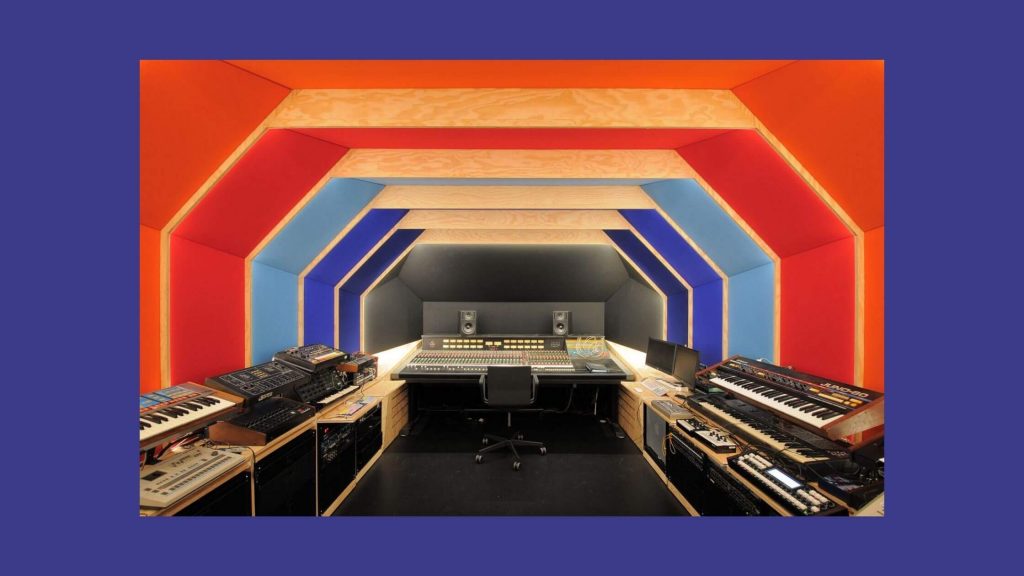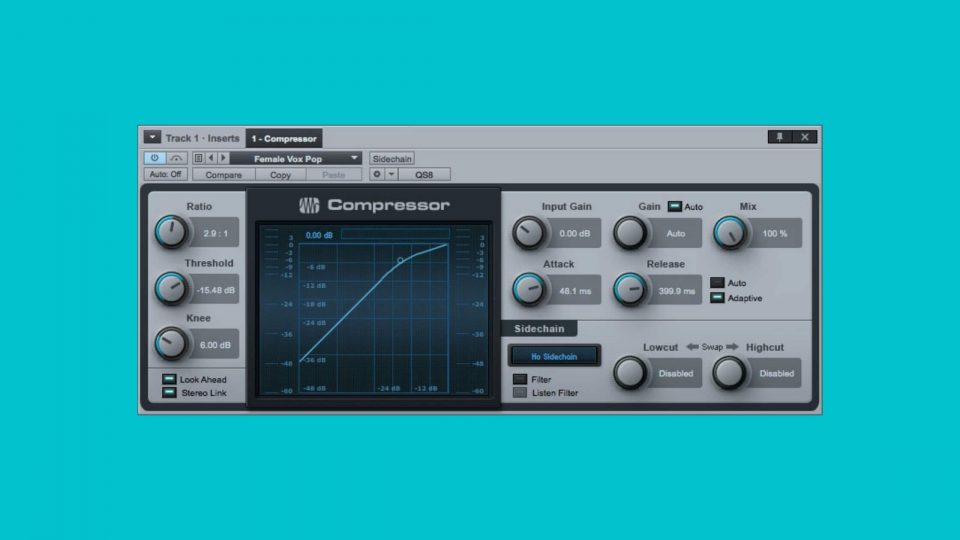Explain Compression: What is Compression Used For?
Compression and Its Uses
Yo! Once again, we’re back for another chat about compression.
We’ve dived in with how compressors work and what the 5 different methods of compression are – but what about the different uses of compression?
You’ve used Mixxed samples and written an epic loop, so now you need the knowledge that will enable you to compress it effectively…
Explain Compression
How Do Compressors Work?
5 Types of Compression and When to Use Them
What are the Different Types of Compressors?
Top 5 Compressor Plugins to Help You Control Dynamics
Using Compression to Maintain a Constant Level
The most common way to use compression, compression reduces the dynamic range of your audio signal to keep a consistent level.
This is an important process in music production. Input gain can differ massively in recording audio, so compression allows us to round off the peaks and bring the quiet and loud points closer to one another. If a particular signal is your lead and the gain levels are all over the place, compression is your go-to.
Compression Stops Audio Overload
Audio overload is when the amplitude of an audio signal is greater than what the audio system can actually reproduce. This limit is 0dBFs for digital systems, but usually +24dB for analogue equipment. If you have experienced overload, you’re aware of the distortion caused by peaking levels.
Compression on a master bus can stop this problem, but it can also be used on individual tracks to reduce the dynamic range of tracks that have strong transients that may cause the whole mix to overload.
Compression Can Be Used to Improve Sustain
We’ve discussed sustain in our Define Synthesis series, but not how compression can be used to make it more apparent.
If you use a compressor with a slow attack time, you can easily make the sustain of your sound more audible. It brings the attack amplitude of your sound closer to the amplitude of its tail. Therefore, when the compression is released as the sound fades out, its amplitude decreases – which gives the perceived effect of a consistent sustain.

Compression Can Bolster Transients
It’s possible to bolster transients with both slow and fast attack times.
With a slow attack time, you are allowing transient information to pass through unattenuated before bringing the compressor down on the tail of the sound. This increases the energy, at least perceived energy, of the transient – which will draw more attention to the sound.
On the other hand, a fast attack time will attenuate transients and bring them down in level. By thickening the sound, as well as reducing the chances of overload, you’re thickening the transient sound. However, fast attack times can be dangerous. Over compressing your sound can make the sound quite limp… which is the opposite of what you want.
What’s De-Essing?
De-Essing is the process of reducing sibilance (S’s & T’s) and harshness in your vocal signals. Dynamic EQ’s, multi-band/sidechain compressors or dedicating de-esser plugins can help you achieve this.
De-essing reduces the harshness of hissy sounds by lowering the sibilant frequencies (usually by 5kHz to 8Khz) more than the frequency bands that aren’t harsh.
Compression Adds Depths
By affecting the dynamic range and transients, compression can be used to add depth to your mix.
This can be achieved in multiple ways:
- To make your sound/track sound closer, increase its transients or raise subtle parts of your mix
- To make a sound/track sound further away, attenuate its transients or over compress the sound.
- Saturation, as well as compression, enhances harmonics and brings a sound forward.
Compression Glues Your Mix Together
Compression on a mix bus isn’t really about altering the dynamic range. However, it is about adding depth, bolstering transients, avoiding audio overload, and maintaining a constant level.
If your mix doesn’t sound like it’s working together, you probably don’t have a compressor on it.
